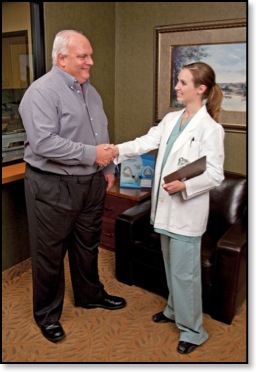
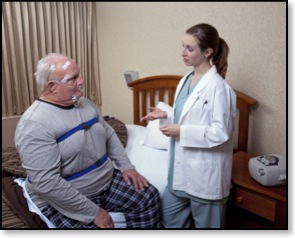
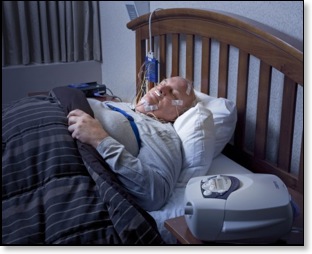

One of the most common treatment options for sleep apnea is a CPAP (Continuous Positive Airway Pressure).
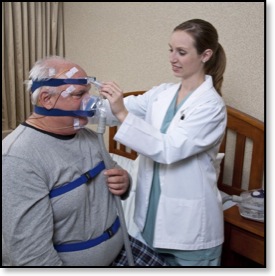

A CPAP is a breathing device worn while sleeping which provides continuous air pressure to keep the airway open.When utilized correctly, CPAP Therapy can provide an effective remedy for sleep apnea.
SNORING
Excessive snoring can often be a symptom of sleep apnea, and may also be a sign of breathing difficulty during sleep. Snoring is typically the result of an airway that is not properly open, causing the respiratory system to force air through a narrowed breathing passageway. Sleep apnea occurs when an individual stops breathing during sleep. With obstructive sleep apnea, some part of the sleeper's respiratory tract becomes obstructed when the muscles relax during sleep.

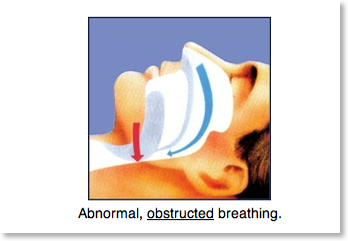
Consequently, breathing stops or gets very shallow during sleep. Each pause in breathing typically lasts 10 to 20 seconds or more, and the pauses can occur 20 or 30 times or more an hour. During an apnea episode, the sleeper might be forced to awaken in order to breath again, disrupting the sleep cycle, while suffering a brief lack of oxygen. Causes of sleep apnea are generally physical in nature, including excess weight, enlarged tonsils, nasal congestion/blockage in the airway, and even a uniquely shaped head, neck or chin.
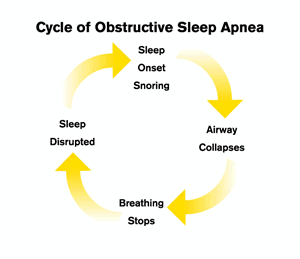
Self-help treatments like losing weight, elevating the head of the bed or sleeping on your side, can also be effective remedies for mild to moderate sleep apnea. Surgery or the use of an oral appliance (similar to a mouth guard) may be a better option for some people. On average, most adults need 7 to 8 hours of sleep each night in order to benefit from restful sleep. Talk to your doctor if you snore loudly and are often tired during the day. He may refer you to a sleep specialist to find out if you have sleep apnea.
Where quality matters. 





